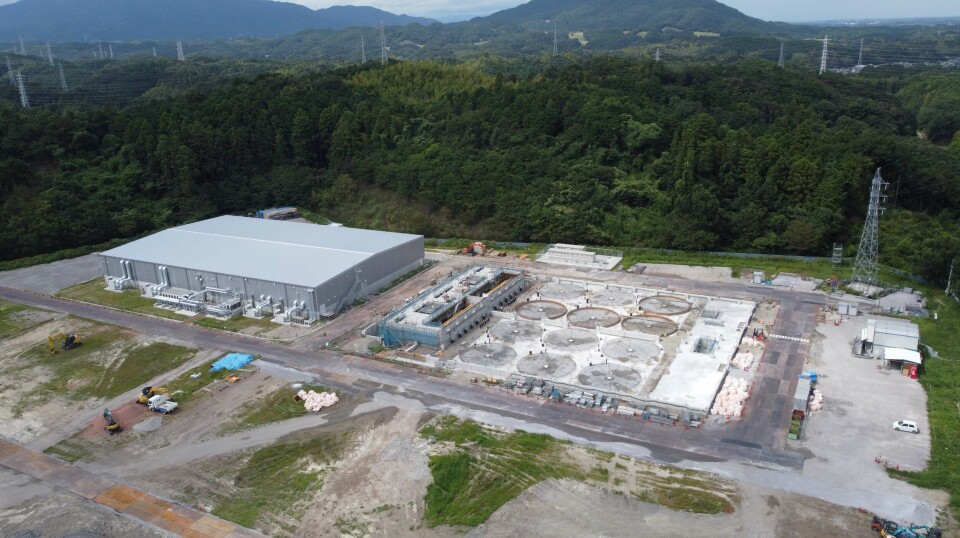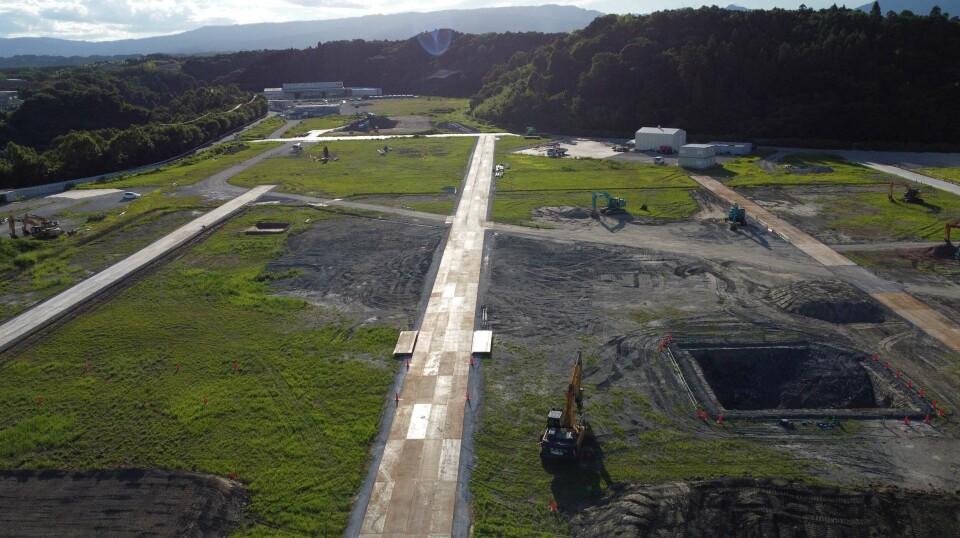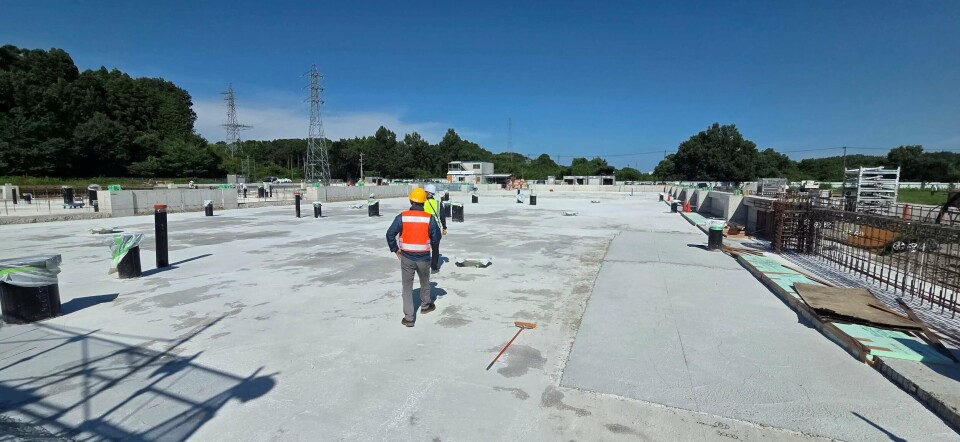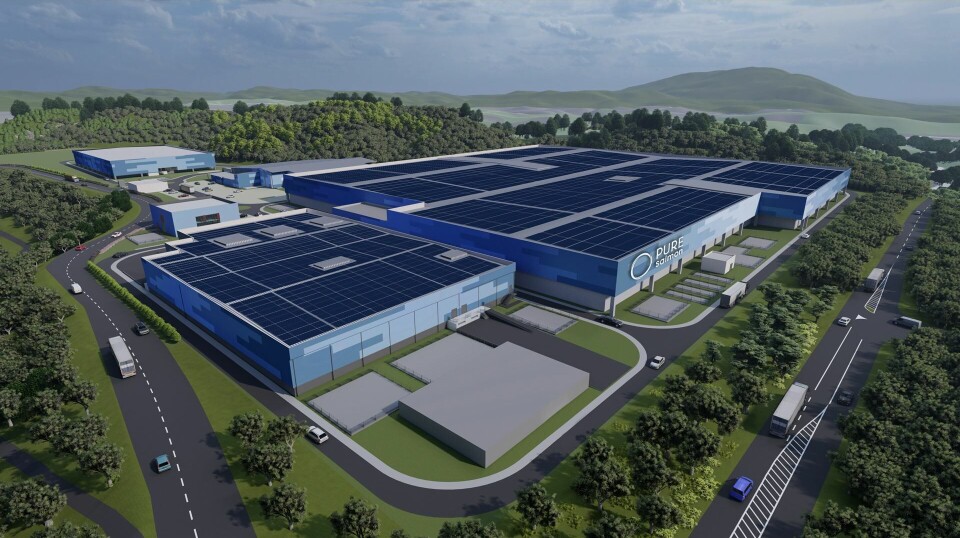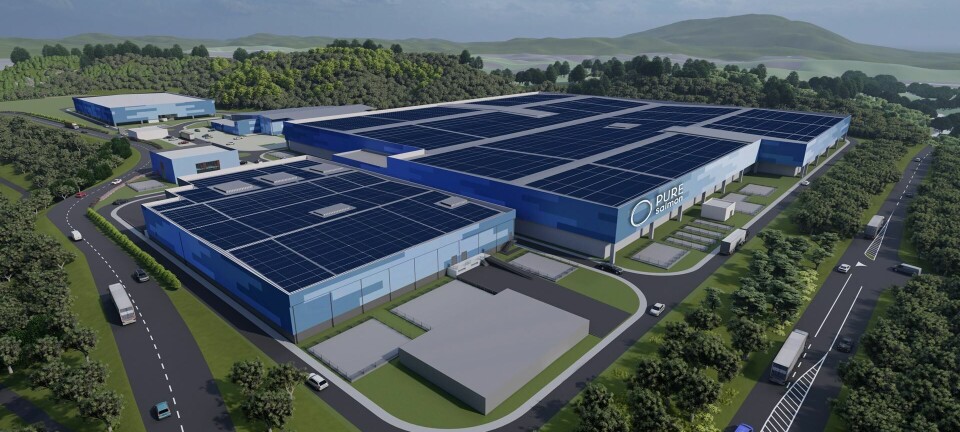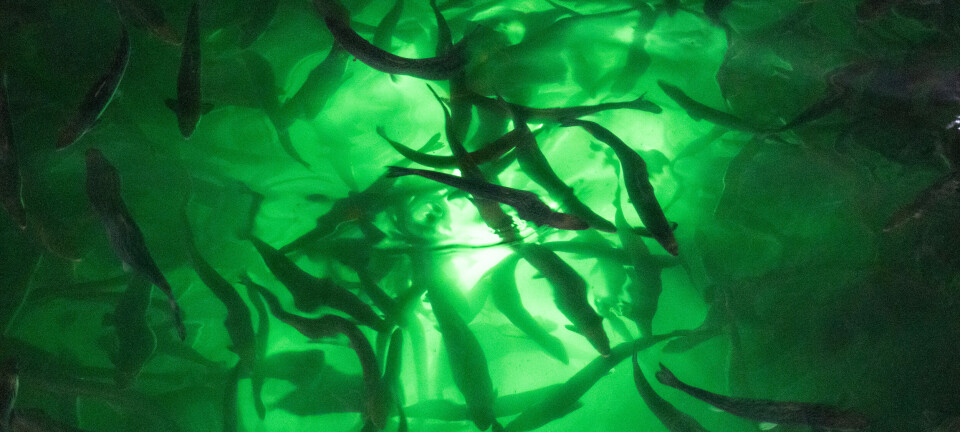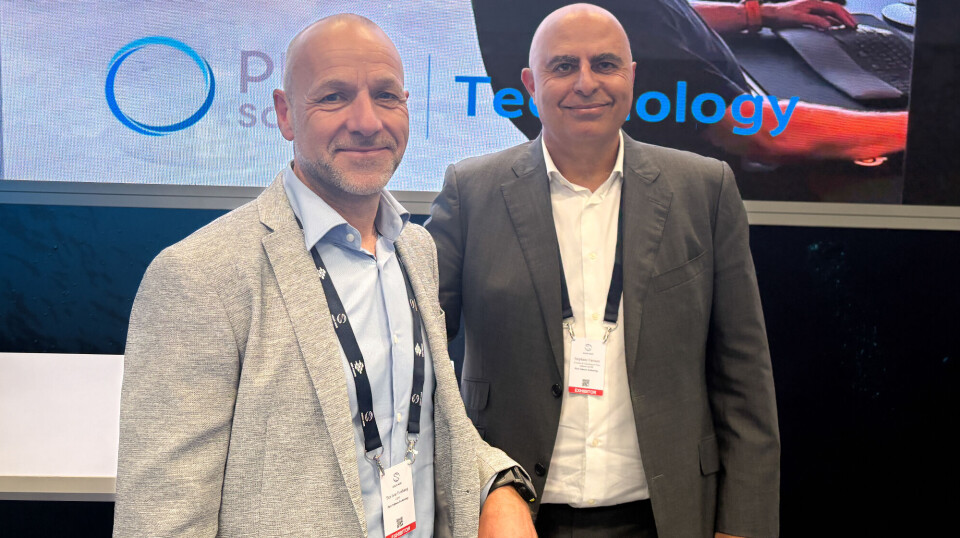
From banks to tanks: the financier who became a fish farmer
Stephane Farouze has gone from managing multi-billion-dollar bank portfolios to focusing entirely on land-based fish farming. With Pure Salmon, he is now building RAS-system facilities in Japan, the US, Brunei, France, and Saudi Arabia – and promises to share both knowledge and technology with the rest of the industry.
It's hard not to notice the energy of Stephane Farouze. The entrepreneur, who today heads 8F Asset Management that owns the Pure Salmon companies, speaks with infectious enthusiasm about the projects ahead.
“I work Monday to Monday,” he says, laughing.
At Aqua Nor in Trondheim, Norway – the world's largest trade fair for aquaculture technology – Pure Salmon had a large and visible stand. Farouze sat surrounded by customers in enthusiastic conversation, but took some time to tell LandbasedAQ about his plans, visions, and next big projects.
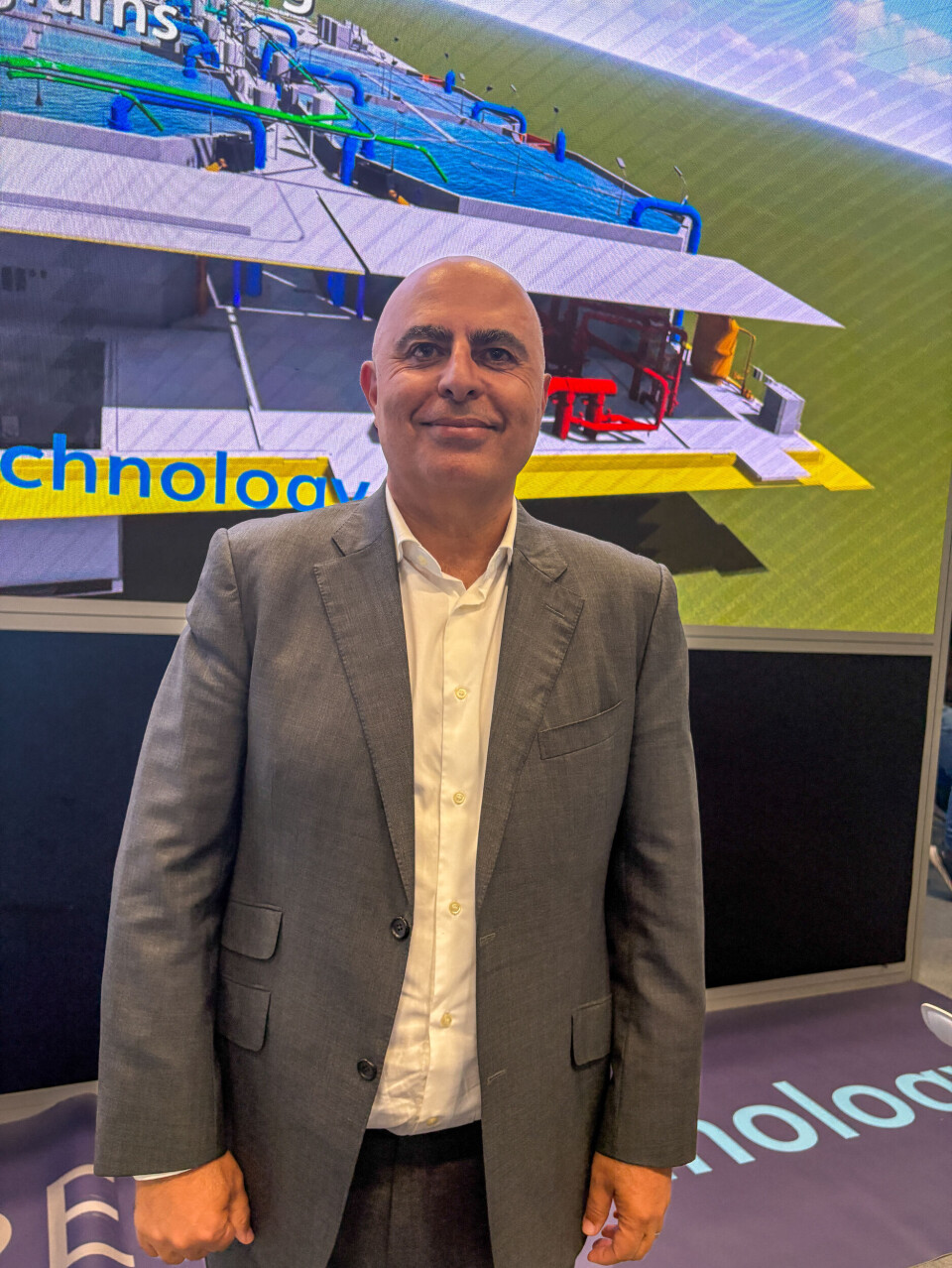
At his side was Per Ivar Foshaug, chief executive of Pure Salmon, who leads the international projects from Pure Salmon's office in Abu Dhabi.
From banking to aquaculture
Before becoming an aquaculture entrepreneur, Stephane Farouze was a heavyweight in international finance. As a member of the board of Deutsche Bank's alternative investment portfolio, he was responsible for a portfolio worth $50 billion.
"I left the bank because I wanted to do something that actually improves the world," he says.
A meeting with John Fredriksen, who is a major shareholder in Mowi, was his first introduction to the aquaculture industry. After this, the investor-entrepreneur began to look more closely at how the industry worked – and where it could be improved.
“All the salmon was flown out of Norway and Chile. I thought: Is it possible to take that knowledge and build a global model for local production?”
Through his investment company 8F Asset Management, he therefore began investing in aquaculture technology. Over time, these activities were brought together under the name Pure Salmon, and built on solid Norwegian and European technological foundations such as Krüger Kaldnes (later Pure Salmon Technology), Billund Aquaculture and HyFlow.
At Aqua Nor, HyFlow, the company's patented underwater feeding system for land-based farming, was highlighted.
The technology entered the portfolio through the acquisition of Graintec, and at the stand Pure Salmon had set up a model that demonstrated the solution.
Norwegian know-how
Pure Salmon is today an international player, but is built on a strong Norwegian foundation. With the acquisition of Krüger Kaldnes – now Pure Salmon Technology – the company gained access to technology and experience from a number of Norwegian projects.
"When we say we can build a 10,000-tonne facility in Japan or elsewhere, it is because we have already delivered many smolt and post-smolt facilities in Norway and gathered the best minds to take this forward. That is our security and our starting point," says CEO Per Ivar Foshaug.
The technology that has been tested and delivered in Norway forms the basis for the initiative globally.
'We must succeed together'
A core part of Farouze's strategy is to share knowledge rather than keep it to himself.
"We are not competitors, we are partners. What I like about the salmon industry is that everyone shares improvements. We want to see success – no one benefits from others failing."
Farouze emphasises that Pure Salmon opens its doors to others.
"I am happy to invite Norwegian fish farmers to our facilities. Why? Because I can't do this alone. The entire industry must succeed."
He draws parallels to the automotive industry.
"Look at Tesla. They opened the technology book, and it created an entire Chinese electric car industry. Now BYD is bigger than Tesla. That's fine. I want to do the same in aquaculture."

In his view, sharing is necessary because every misstep affects the entire industry.
"Other projects that have failed, even if it wasn't our technology, have hurt us. That's why we share. We have to show that land-based farming works – and that it works everywhere. That's important to me," says Farouze.
Pure Salmon Japan – 10,000 tonnes
Pure Salmon Japan is now developing what will be the country's largest land-based salmon farm, in the city of Tsu in Mie Prefecture.
When completed, the facility will have a capacity of 10,000 tonnes of Atlantic salmon per year. It covers an area of 13.7 hectares, with more than 70,000m² of buildings for both production and processing.
The facility, which is being built with Norwegian recirculating aquaculture system (RAS) technology, is strategically located for rapid distribution to the cities of Tokyo, Nagoya, and Osaka. The plan is to deliver the first harvest in 2028.
"Around 200 workers are in place with a peak of 600 workers through 2026. The first eggs will be placed in May next spring, and the first harvest is planned for Q4 2027. Then we can follow the entire process until the fish are ready for harvest," say Foshaug and Farouze.
Norwegian expertise
Although the Japanese have long experience with advanced industry, Foshaug emphasises that land-based salmon farming is new to them.
“The quality of construction in Japan is high, but this is a new industry. We need to be there with our engineers from Norway and Chile to guide and train,” he explains.
During Aqua Nor in Trondheim, it was also announced that the Norwegian company Cflow will deliver a complete system for handling salmon to the RAS facility. The delivery covers the entire value chain for fish handling in six buildings – from smolt to slaughterhouse.
"It is a very large project and an exciting market. We strongly believe in land-based farming close to the markets for the fish, and look forward to working together with Pure Salmon and Pure Salmon Technology," says Gunn-Marit Nerem, VP Sales at Cflow.
Foshaug states that what Cflow will deliver is the fish handling and transport solution for all larger fish.
“When we spend two years producing the fish, we have to be sure that we get a good end product. That's why it has been important to find a partner with the right experience.”
A new phase
He adds that the project is now entering a new phase.
"We have been working with Cflow since pre-engineering and pre-design, and it is very good to be able to sign the contract now and get started with detailed projects and equipment deliveries. The project in Japan is in full construction, and parts of the equipment from Cflow are due to be put into use in early 2027.
"We can also mention that we use several Norwegian suppliers in addition to Cflow, such as Brimer on fish tanks in some buildings," he says.
He points out that it is precisely the combination of local labour and Norwegian experience that makes the project possible to realise on this scale.
Financing in place
The project has received a long-term debt facility of 33 billion yen (approximately NOK 2.2bn / £165 million) from a combination of equity and debt investors.
In addition, it has support from Japanese authorities and local stakeholders, including through an investment from real estate developer Mori Trust Group.
Pure Salmon has far more projects in the pipeline than those that are already under construction and planning in the United States, Japan, and France.
“We have projects ready in Saudi Arabia and Brunei, and in Australia we have established Pure Salmon Technology so that we can take on projects in this region. Construction can start as soon as the investment decisions are in place,” he says.
In Brunei, the company is working with the authorities to establish its first RAS facility in Southeast Asia.
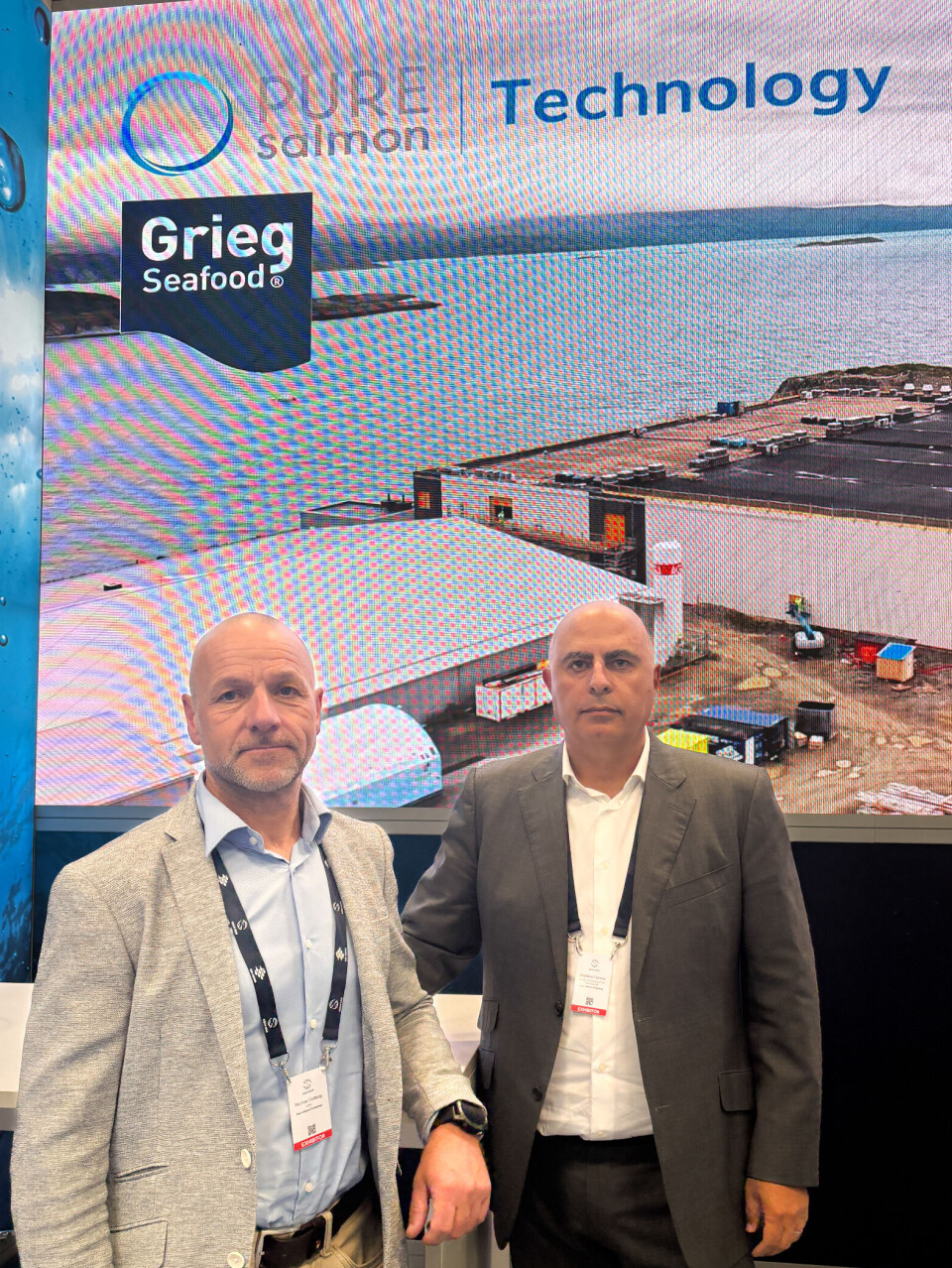
“Brunei is important because it is our first project in Southeast Asia. There we are collaborating with the authorities to establish a completely new industry in the country,” says Farouze.
Saudi Arabia
He points to Saudi Arabia as one of the most ambitious projects in the portfolio. Through a collaboration with NEOM, an ambitious urban development planned to the northwest corner of the kingdom by the Red Sea, Pure Salmon has entered into agreements for a large land-based facility as part of Saudi Vision 2030.
"Saudi Arabia is investing massively in food security, and we are part of that strategy," he explains.
There are also opportunities in Australia. The region has long traditions in aquaculture, but is also characterised by an active environmental debate and political clarifications.
“We have established Pure Salmon Technology and are ready to move forward when the opportunity arises,” says Farouze.
Hands-on leadership style
The entrepreneur describes himself as extremely involved.
“If an employee gets a phone call in the middle of the night, it's probably me on the other end,” he says with a smile, looking over at his colleague Foshaug, who nods in the affirmative.
He makes no secret of the fact that Pure Salmon is building with extra margins.
"Many projects have failed because they have skimped on cooling or water systems. We build to deliver what we promise, always more than what we promise. We don't take shortcuts – we build for the future. Fish welfare and fish health are in the DNA of our design," he says.
Heart for Norway
Even though Pure Salmon currently builds facilities on several continents, Stephane Farouze's attention keeps returning to Norway.
"Norway will continue to be the world's largest salmon producer. And we must be grateful for the Norwegian DNA in our business. The heart of Pure Salmon will always be Norway," he points out.
For him, the investment is not just about technology and construction, but also about people and knowledge. That's why the company has established the Pure Salmon Academy, which trains employees in operations, technology, and fish welfare.
Building knowledge and teams
Farouze points out that Pure Salmon's strength lies in the combination of technology, experience and people.
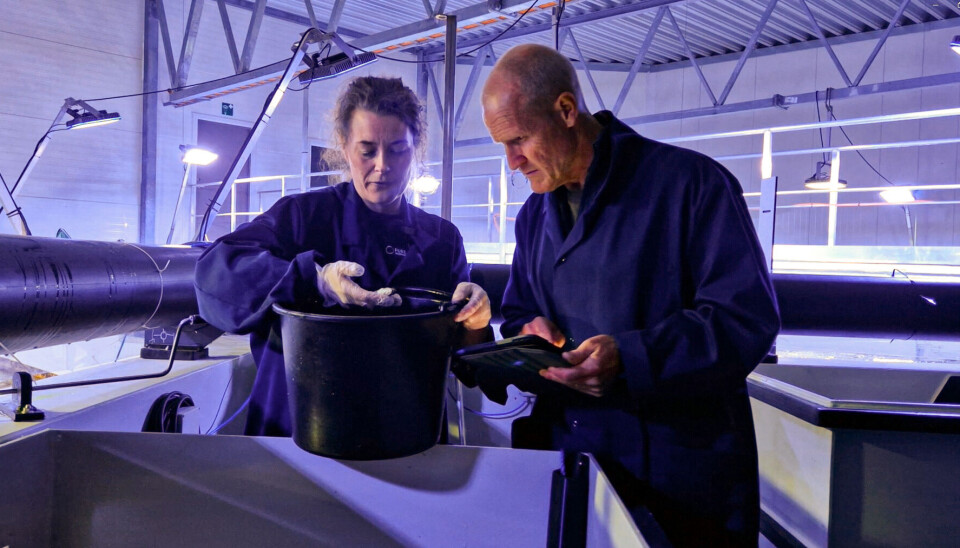
"We have both Krüger Kaldnes, Billund, HyFlow and many other parts, in addition to the academy and the staff – in RAS we are one of the largest teams on the market. And for me it was very important to share that knowledge with everyone. Because I want everyone to succeed."
The academy is described as a key to building the next generation of operators and managers for the many facilities now being planned globally.
"We can’t just deliver technology – we also have to ensure that people can use it correctly. Right from the drawing board, we have put the fish first. We build our systems around the fish – not the other way around."
Growth and acquisitions
Farouze says Pure Salmon will continue to grow, both through building new facilities and acquiring new companies.
"I can tell you that we will definitely be acquiring more companies. We will be moving more towards the product side. That's for sure."
The investor-founder already has his eyes set on the next chapter for the company.
"We started with zero employees. Today we have 200 employees. In nine years we will definitely be much more than a thousand – it could be several thousand," he says.
Farouze points out that each new facility that is completed provides a major boost in staffing.
"Each facility alone provides 250 jobs. When we build five of these, it goes without saying that we will quickly have over a thousand employees. But we will not stop there. We will continue to buy companies and build new projects. There will be many thousands of employees," he says.

